Embarking on a journey through the United States’ historical sites is like opening a book where each chapter unfolds epic tales of bravery, innovation, and unity. This nation’s landscape is dotted with markers of significant events that not only shaped its destiny but also influenced the world. From the silent echoes of independence halls to the vibrant streets that witnessed the march for civil rights, these places are more than mere tourist spots; they are the heartbeats of American history.
Independence Hall, Philadelphia, Pennsylvania
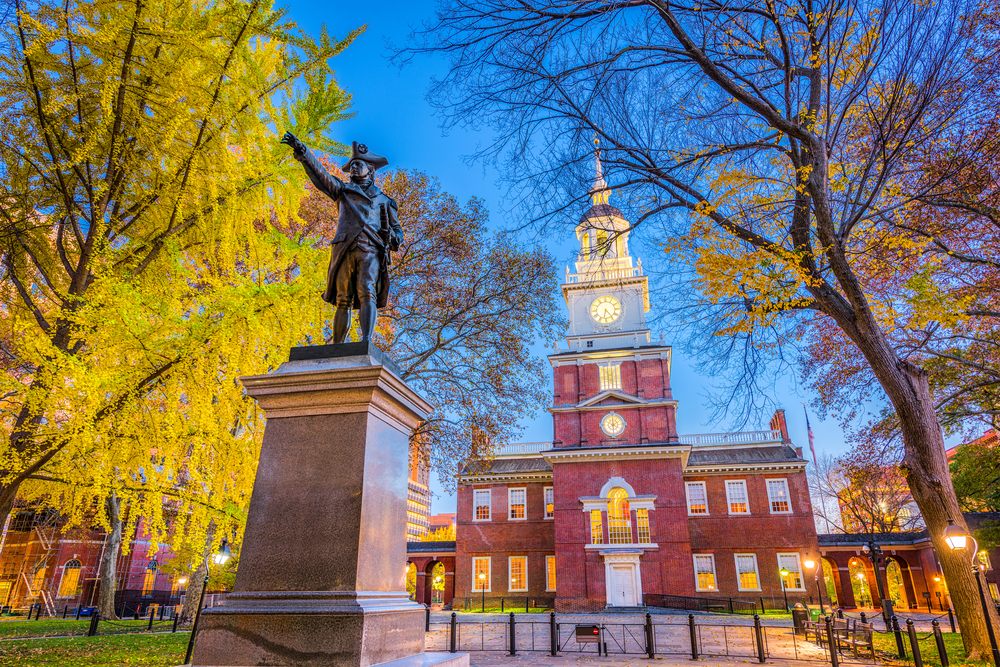
The birthplace of the United States, Independence Hall is where the Declaration of Independence and the Constitution were debated and adopted. This UNESCO World Heritage Site is a symbol of freedom and democracy, offering visitors a profound sense of the nation’s founding moments.
Statue of Liberty, Liberty Island, New York
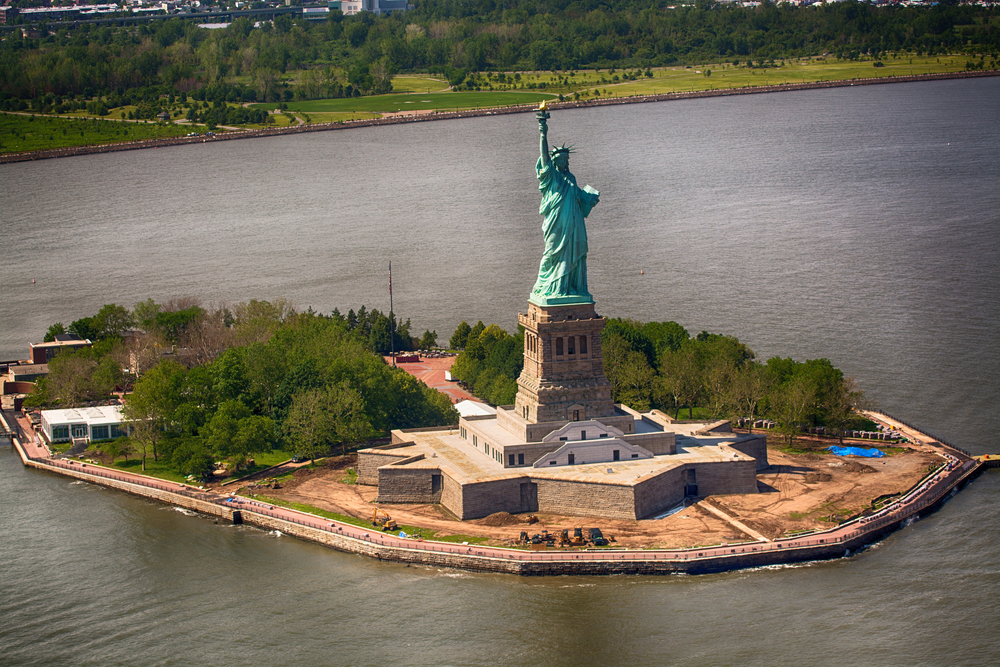
A gift from France to the United States, the Statue of Liberty has stood as a symbol of freedom and democracy since 1886. Besides its iconic status, it serves as a welcoming sight to immigrants arriving from abroad, representing the American ideals of liberty and opportunity.
Mount Rushmore National Memorial, Keystone, South Dakota
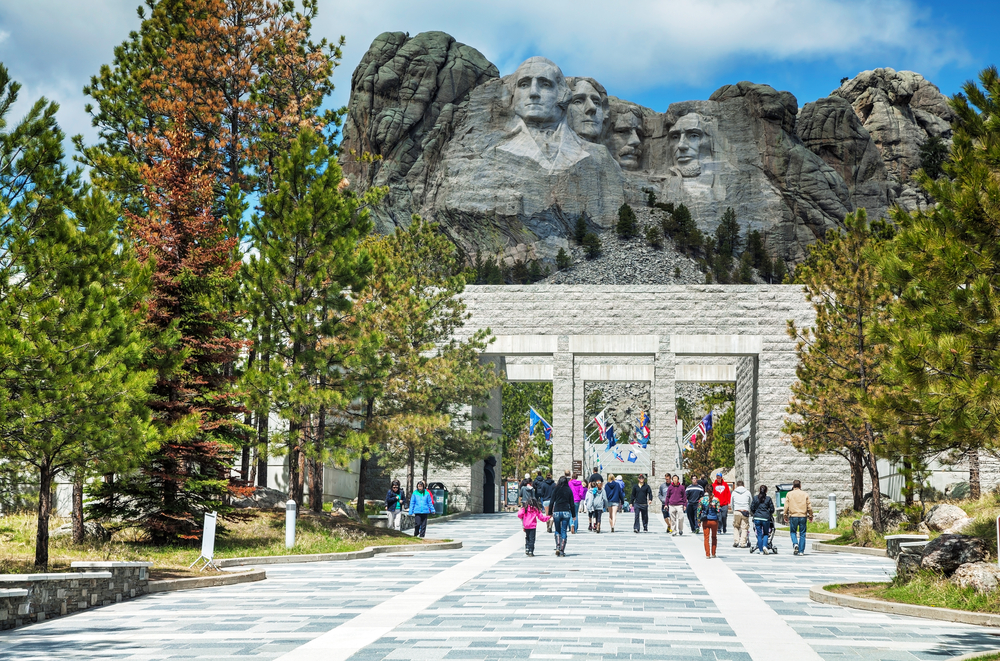
Carved into the granite face of Mount Rushmore are the 60-foot-high sculptures of the heads of four United States presidents: George Washington, Thomas Jefferson, Theodore Roosevelt, and Abraham Lincoln. This monument commemorates the founding, growth, preservation, and development of the United States, making it a pivotal site for understanding American history.
9/11 Memorial and Museum, New York, New York
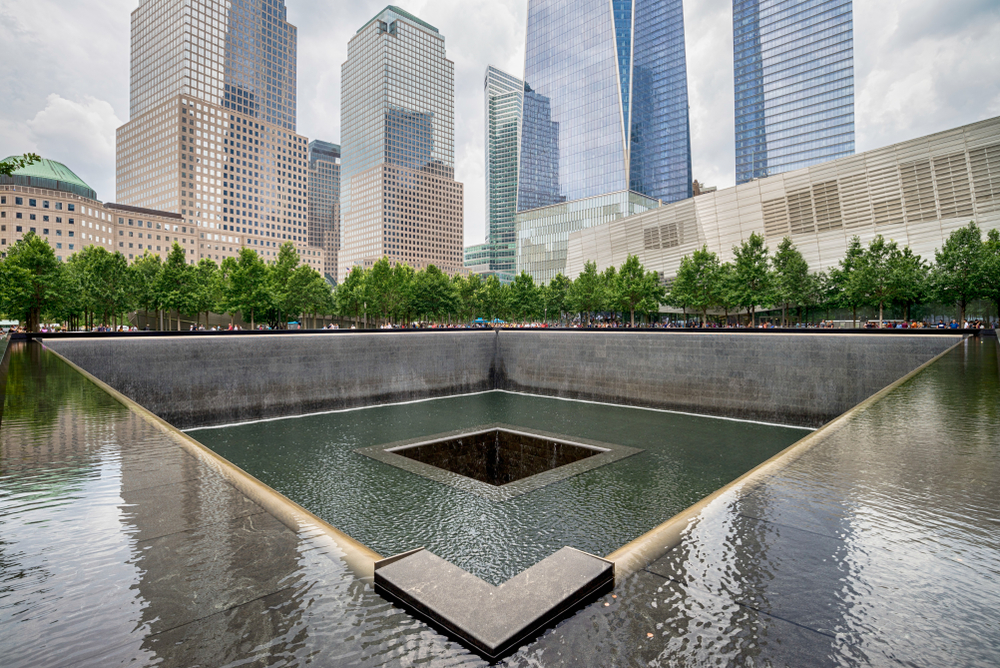
The 9/11 Memorial and Museum commemorate the September 11, 2001, terrorist attacks and honor the nearly 3,000 victims. This site provides a poignant reminder of modern American resilience and unity in the face of tragedy, offering insights into contemporary U.S. history.
Smithsonian National Museum of American History, Washington, D.C.
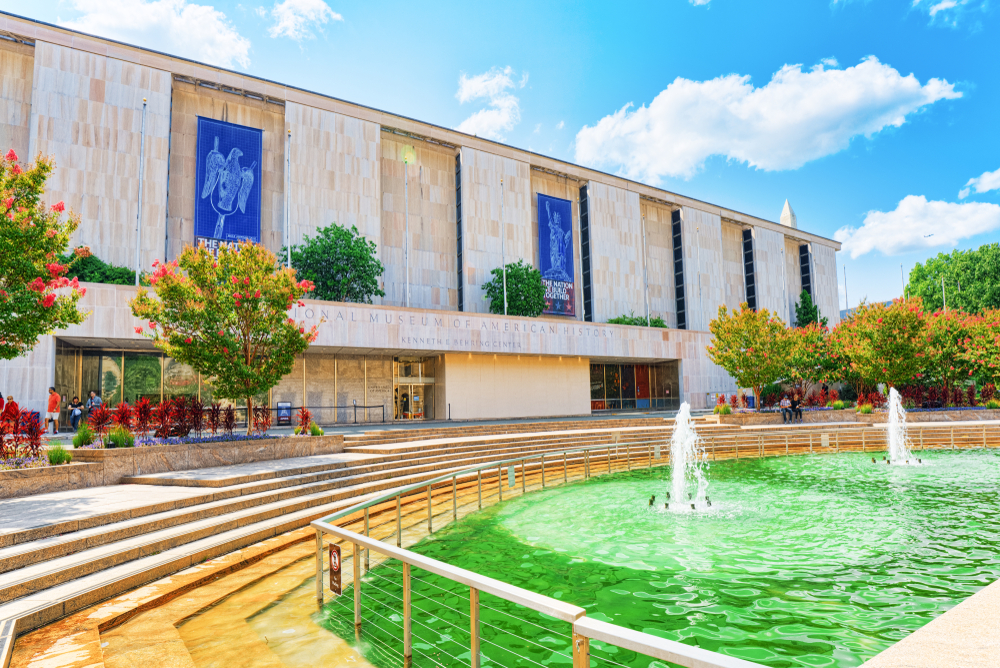
This museum houses a vast collection of American artifacts, including the original Star-Spangled Banner. It offers an exhaustive overview of the social, political, cultural, scientific, and military history of the United States.
Lincoln Memorial, Washington, D.C.
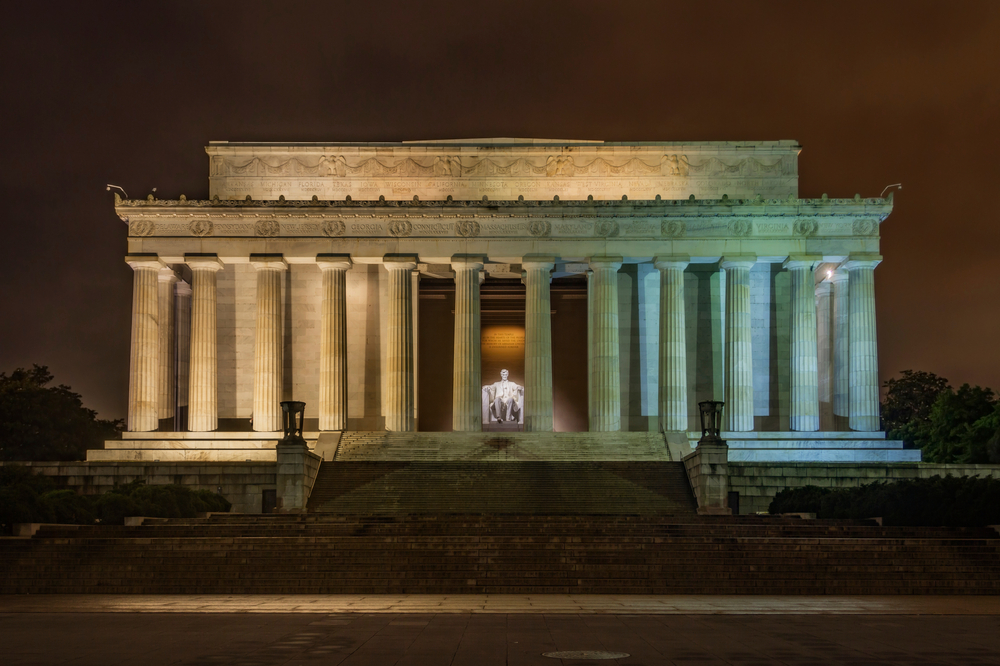
Dedicated to Abraham Lincoln, the 16th President of the United States, this memorial symbolizes his belief in the freedom and dignity of all people. It has been the site of many significant speeches and events, including Martin Luther King Jr.’s “I Have a Dream” speech, making it a vital location for understanding American ideals.
Colonial Williamsburg, Williamsburg, Virginia
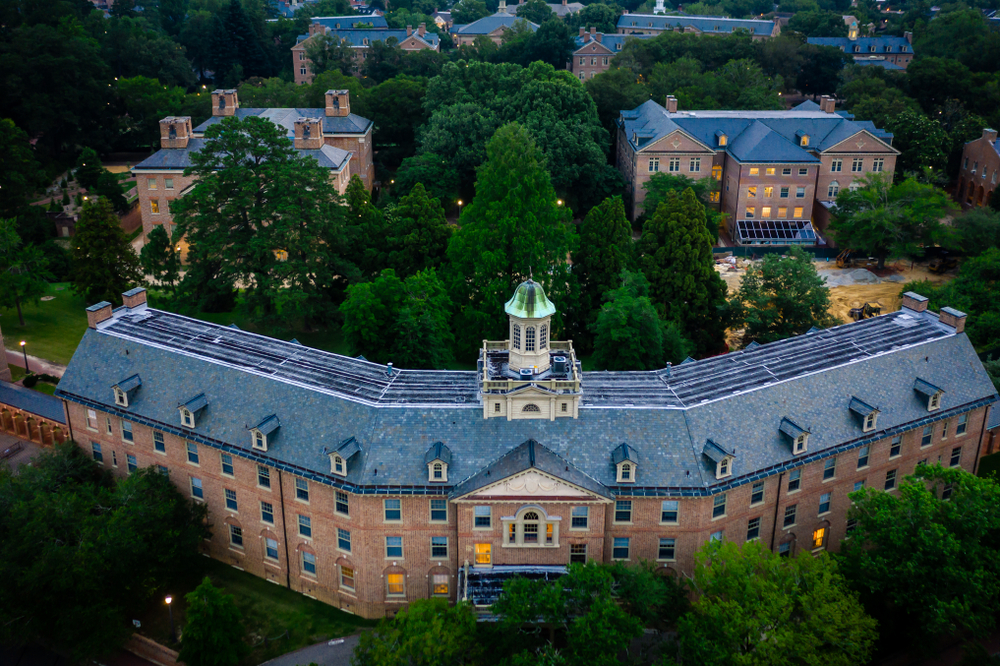
This living history museum and private foundation are present as part of a historic district in the city of Williamsburg. It’s an immersive way to experience daily colonial life, offering insights into the complexities of American society on the eve of the Revolutionary War.
The White House, Washington, D.C.
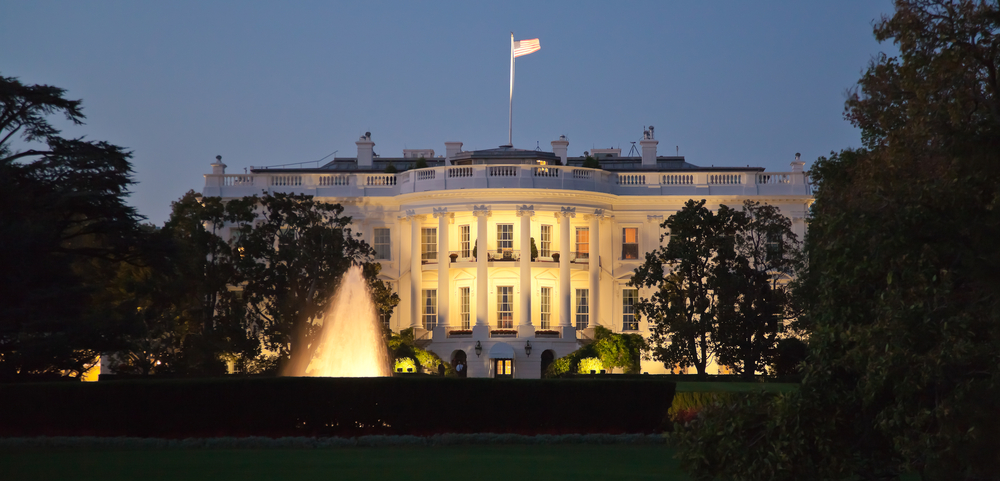
Serving as the residence and office of the President of the United States, the White House is a symbol of the American government. Tours of this iconic building offer a closer look at the executive branch’s workings and history.
Alcatraz Island, San Francisco, California
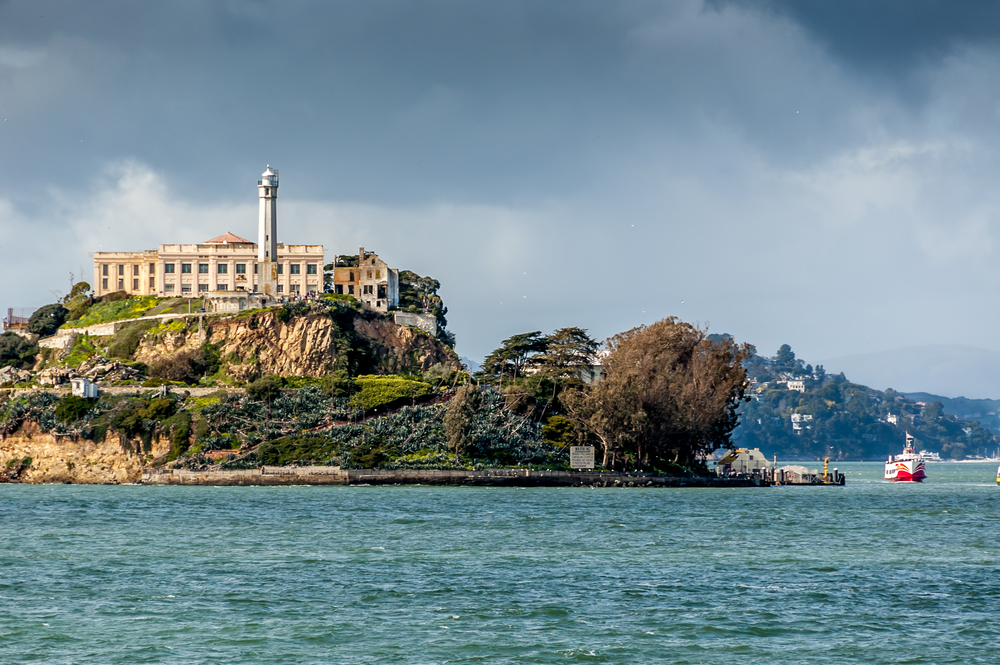
Once a federal prison, Alcatraz Island is now a National Park Service site. It offers a glimpse into the lives of the inmates who once resided there, as well as the Native American occupation of 1969-1971, highlighting aspects of U.S. law enforcement and civil rights history.
Gettysburg National Military Park, Gettysburg, Pennsylvania
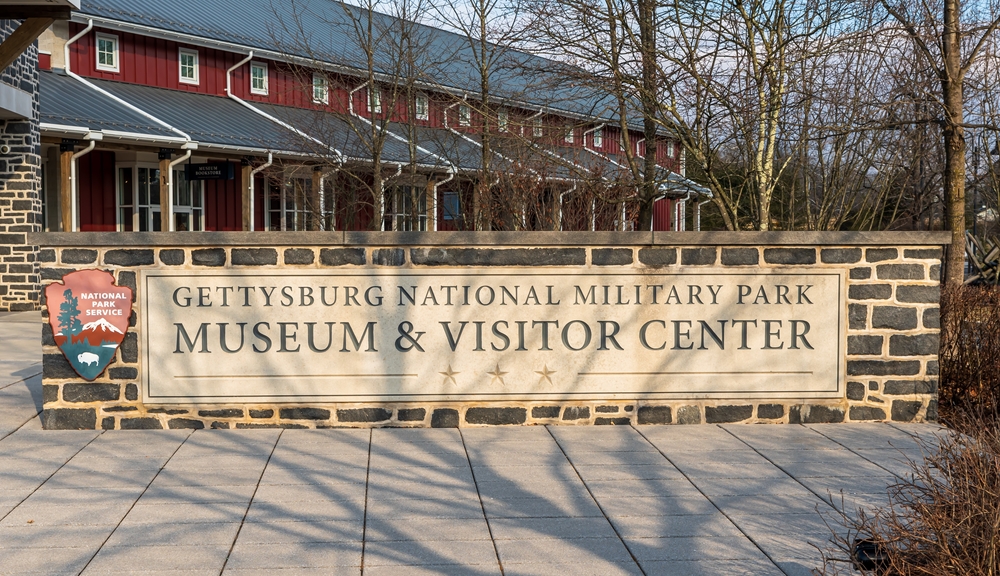
The site of the Civil War’s most famous battle, Gettysburg is a critical piece of American history. The battlefield, museum, and annual reenactments help visitors understand the war’s scope and its profound impact on the country’s trajectory.
Freedom Trail, Boston, Massachusetts
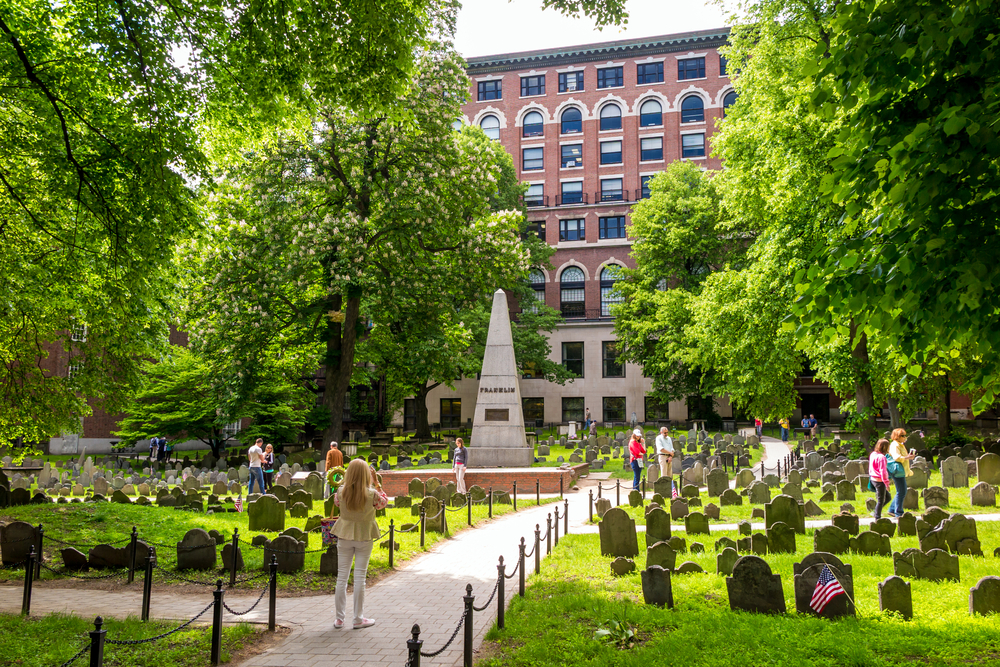
A 2.5-mile-long path through downtown Boston, the Freedom Trail passes by 16 locations significant to the history of the United States. Walking this trail is like stepping back into the Revolutionary War era, offering insights into the early struggle for American independence.
Ellis Island National Museum of Immigration, New York, New York
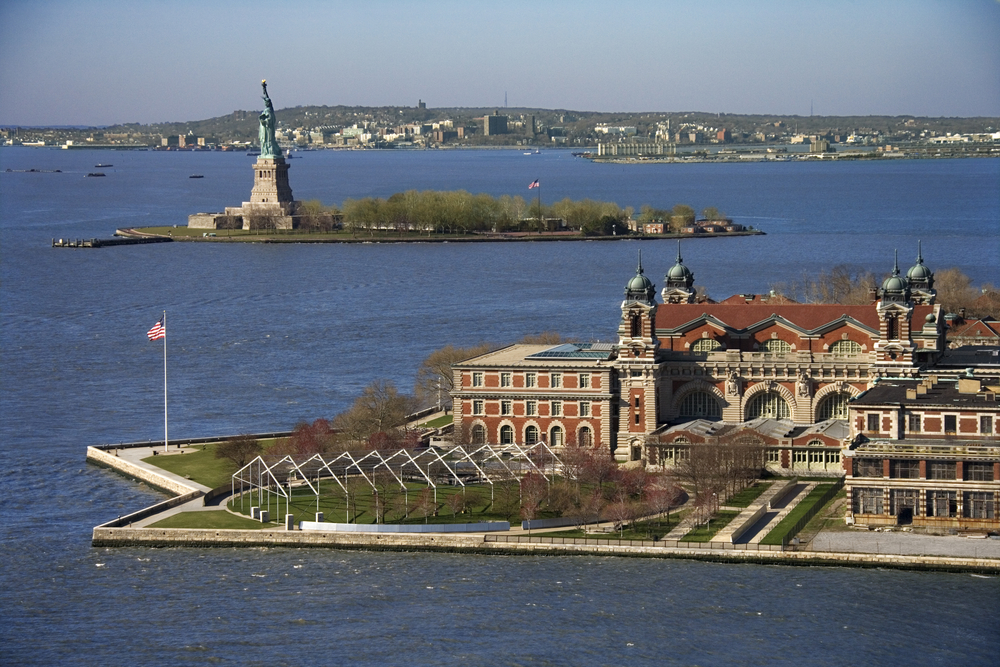
Ellis Island served as the nation’s busiest immigrant inspection station from 1892 until 1954. The museum offers a deep dive into the immigrant experience, showcasing the diverse backgrounds of millions of people who came to the United States in search of a new beginning.
The Alamo, San Antonio, Texas
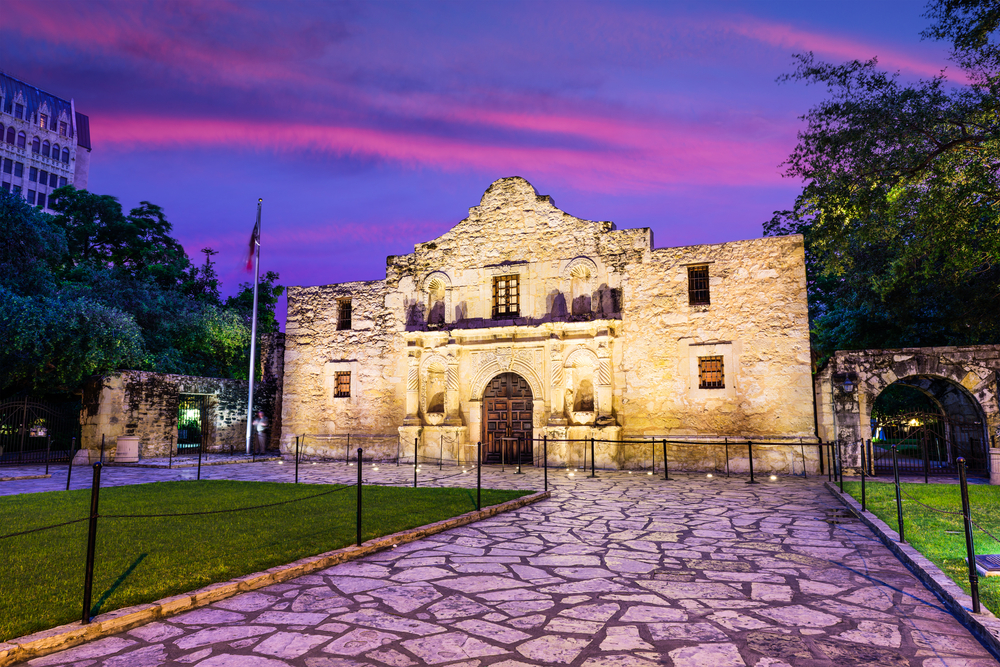
The site of the 1836 Battle of the Alamo during the Texas Revolution is a testament to the Texan spirit of resistance against oppression. It symbolizes the fight for independence and is a critical chapter in the broader story of American expansion and conflict.
Monticello, Charlottesville, Virginia
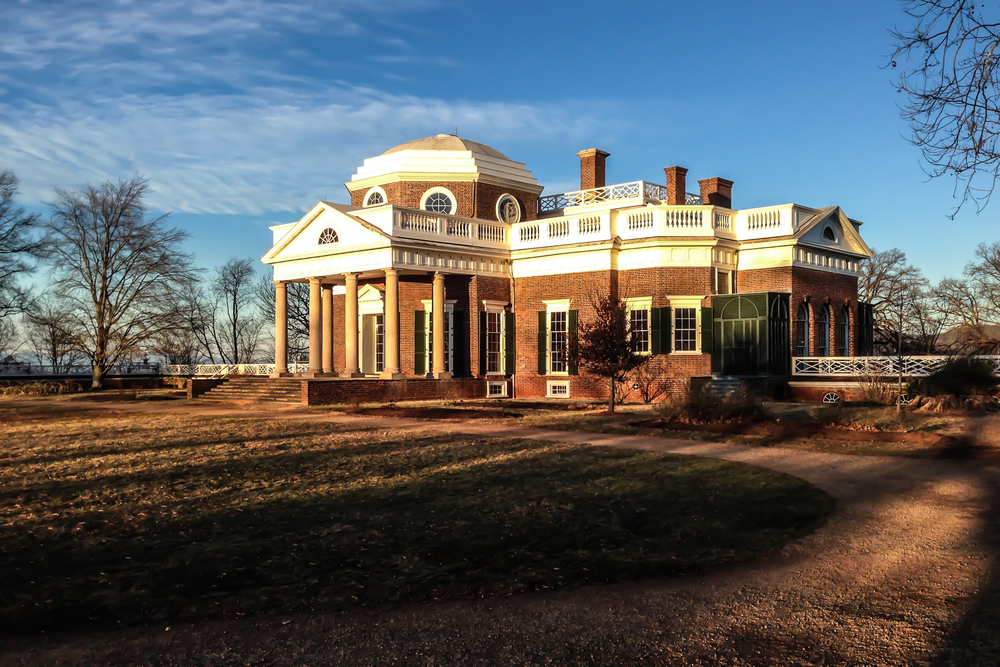
The estate of Thomas Jefferson, the third President of the United States and author of the Declaration of Independence, Monticello is an architectural masterpiece and a window into the early American republic’s intellectual and cultural life.
Harvard University, Cambridge, Massachusetts
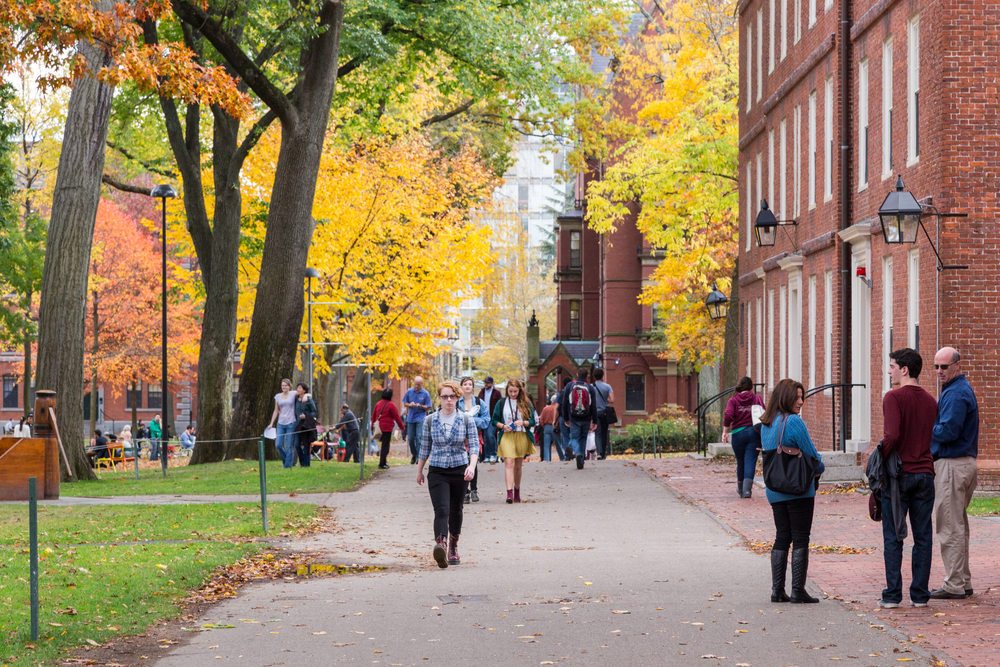
Founded in 1636, Harvard is the oldest institution of higher education in the United States. Its rich history and contribution to American education and societal progress make it a landmark for anyone interested in the development of U.S. academia and intellectual history.
National Civil Rights Museum, Memphis, Tennessee
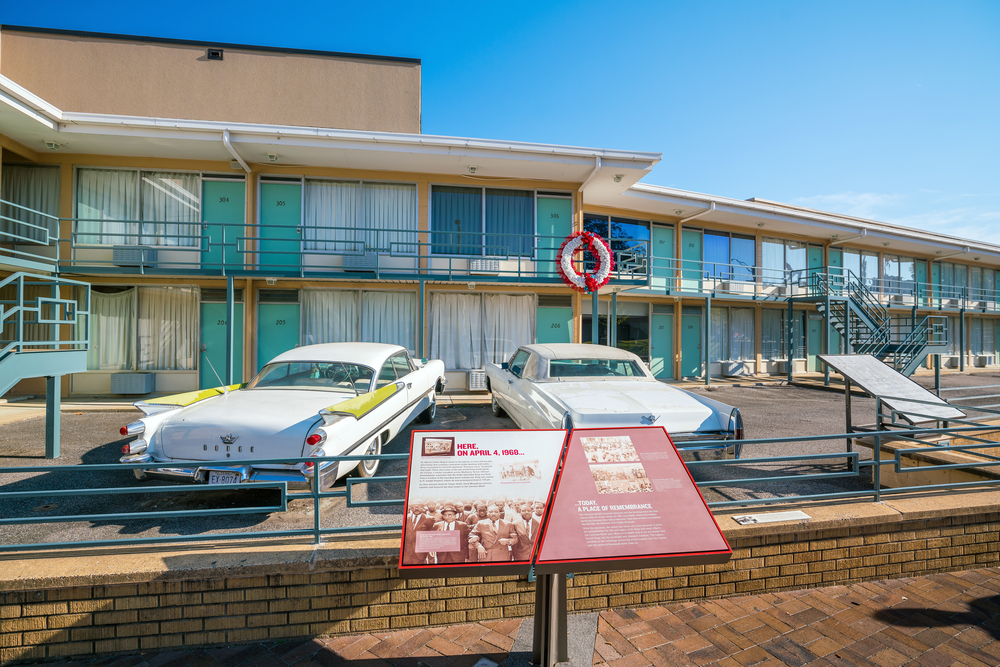
Located at the former Lorraine Motel, where Dr. Martin Luther King Jr. was assassinated in 1968, this museum offers an immersive exploration of the American civil rights movement, from the early days of slavery to the modern struggle for equality.
Golden Gate Bridge, San Francisco, California
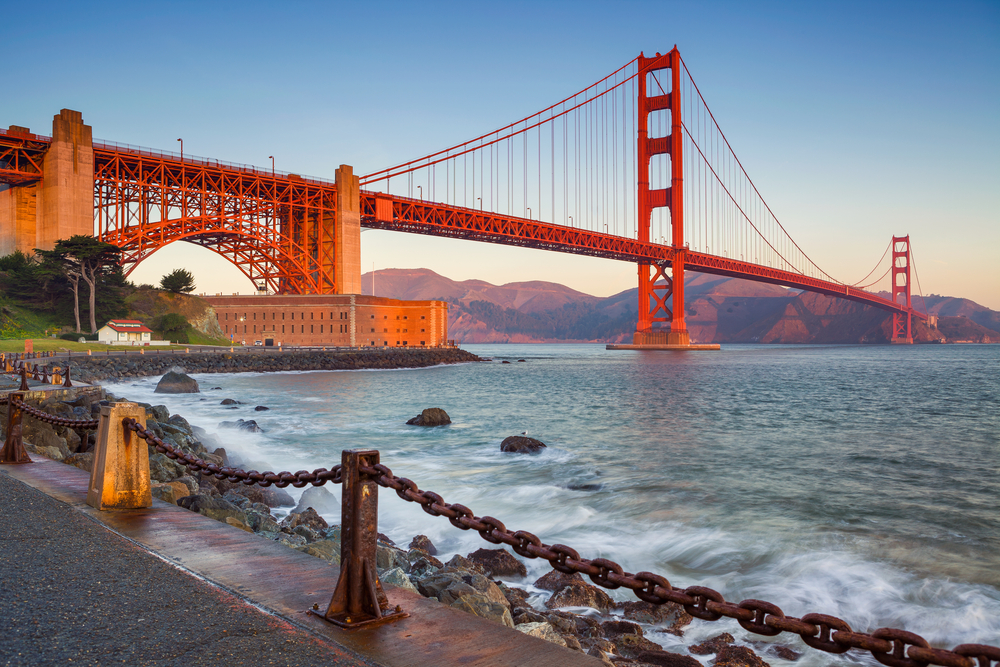
An engineering marvel and a symbol of American ingenuity and progress, the Golden Gate Bridge is not only a critical infrastructure piece but also a representation of the American spirit during the Great Depression. This article originally appeared on UnifyCosmos.
More from UnifyCosmos
22 Iconic Books Everyone Should Read in Their Lifetime

16 Useful Kitchen Gadgets Worth Wishing For

15 Best Motivational Book Quotes

Leave a Reply